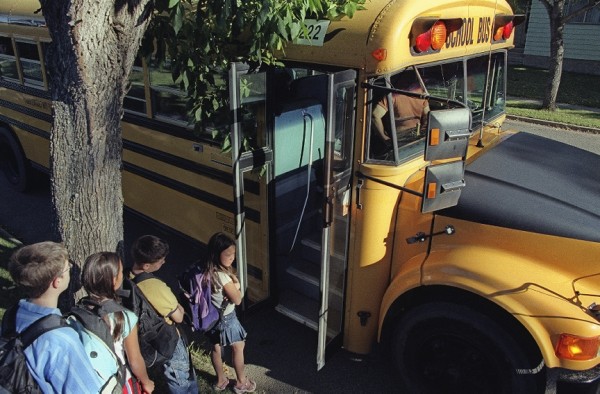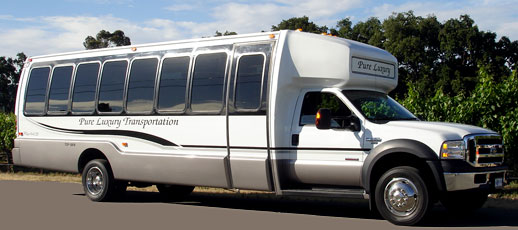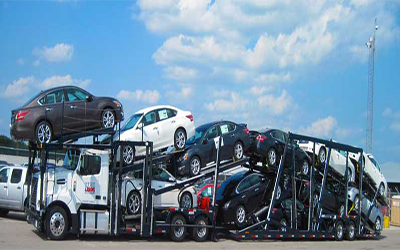School transportation could easily turn into a real nightmare for students, parents and teachers. It can be nearly impossible to plan out proper itinerary if the school lacks proper system. Issues with liability and safety may crop if schools fail to make improvements immediately. In addition, many schools face budget restriction, which could limit their ability in providing proper transportation services.
Rather than focusing on typical bus systems, schools could look beyond the usual school transportation. As an example, professional bus services could fit any school transportation needs. From daily transportation for children to special trips, private bus services can provide good solution for problems associated to school transportation. However, if schools have enough budgets to establish and maintain their own bus services, here are things to consider:

1. Choose the right type of buses:
Whether the schools seek to transport 50 students from nearby housing complex or 250 from more distant areas, it is important for them to choose the right kind of buses. It may take a larger fleet if many students in the school want to use the transportation service. Many schools are able to provide reliable services and do them quite well.
2. Ample cargo storage:
Normal school buses don’t have enough space for luggage. However, the bus may not be used only for transporting students to/from schools. If possible, schools should purchase some buses with enough storage area to transport band equipments and others. This should help them during major trips, since it won’t be necessary for the school to rent additional buses.
3. Reasonable price:
Schools typically have limited budget and they can’t afford to purchase expensive busses. However, some bus sellers could provide unbeatable price/passenger ratio value. Obviously, schools also shouldn’t choose buses because they have the lowest overall price. Some cheap busses could have serious reliability issues that make maintenance a headache.
4. Skilled and responsible drivers:
Schools should pre-screen their drivers to make sure that they can drive the bus safely. Anything that happens to students during their time inside the bus falls under the responsibility of the school. School bus drivers should be stable psychologically and can handle pressure properly. Schools should fire drivers immediately if they are caught speeding with the bus or their own cars.
5. Proper planning:
School transportation system may need to handle hundreds of students each day, with homes that can be located in diverse areas. In order to make the system more manageable, the bus transportation should only serve students in limited areas. When buses venture to area farther from the school, other children could spend too long inside the bus and this could ruin their motivation.
6. Garage and in-house maintenance:
Schools should prepare facilities for the bus fleet, primarily proper garage that can protect vehicles from rain and sunlight. If possible, drivers should be able to perform check-up and light maintenance tasks, such as filling fluids radiator and wiper; if possible oil for the engine. This will help schools to reduce the overall maintenance costs.
The Author’s hobbies includes playing football, video games and learning small business seo services tips and tricks








